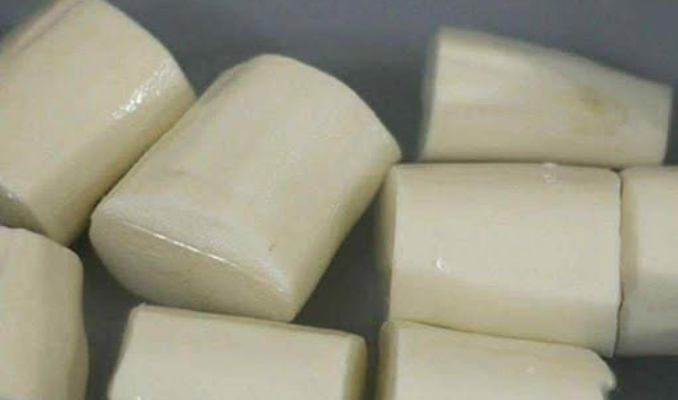Cassava, also known as yuca or manioc, is a starchy root vegetable originally native to Central and South America. Over the centuries, it has spread far beyond its place of origin and become a vital staple crop in many parts of the world. Today, cassava provides a primary source of calories and energy for over 500 million people, especially in tropical regions of Africa, Asia, and Latin America. Its adaptability to poor soils and resistance to drought make it an essential crop for food security in many developing countries.
Nutritionally, cassava is rich in carbohydrates, making it an excellent energy source. It also contains important nutrients such as vitamin C, which supports immune health and collagen production, and copper, which plays a role in iron metabolism and maintaining healthy nerves and bones. The root is highly versatile and is commonly used in cooking in a similar way to potatoes. In countries like Nigeria, Thailand, and Indonesia, cassava is a dietary staple and appears in a wide range of traditional dishes—boiled, fried, fermented, or ground into flour.
Despite its nutritional benefits and widespread use, cassava carries significant health risks if not prepared correctly. The root contains cyanogenic glucosides, natural plant compounds that can release hydrogen cyanide, a highly toxic substance, when consumed. This is part of the plant’s natural defense system against pests and herbivores. While processing methods exist to remove or reduce the cyanide content, consuming improperly prepared cassava—particularly raw—can lead to cyanide poisoning, which in severe cases can be fatal.
According to the World Health Organization (WHO), approximately 200 deaths each year are attributed to cassava-related cyanide poisoning. Symptoms of acute poisoning can include headache, dizziness, vomiting, abdominal pain, and, in extreme cases, respiratory failure or death. In regions where bitter cassava (which contains higher cyanide levels) is a dietary staple, and protein intake is low, the risk increases significantly.
One of the most severe health consequences of prolonged consumption of poorly prepared cassava is a neurological disease called konzo. Konzo is a sudden onset paralysis of the legs, typically affecting children and women of childbearing age. It is irreversible and has been primarily reported in rural areas facing food insecurity, where cassava is consumed frequently without proper detoxification methods. A lack of dietary protein exacerbates the condition, as proteins help detoxify cyanide in the body.
Fortunately, when processed properly, cassava is safe and nutritious. Traditional processing techniques such as soaking in water for 24–48 hours, boiling, grating and fermenting, or sun-drying are effective in reducing cyanide levels to safe amounts. Modern food safety guidelines emphasize the importance of these methods, particularly in communities that rely heavily on cassava.
In conclusion, cassava is both a life-sustaining crop and a potentially dangerous food if mishandled. Its role in feeding millions cannot be understated, but awareness about proper preparation is essential. By respecting traditional knowledge and following safe processing methods, people can continue to benefit from this remarkable plant without risking their health.



